May 9, 2025
Letters from Indochina (Part 40)
By Simon J. Lau
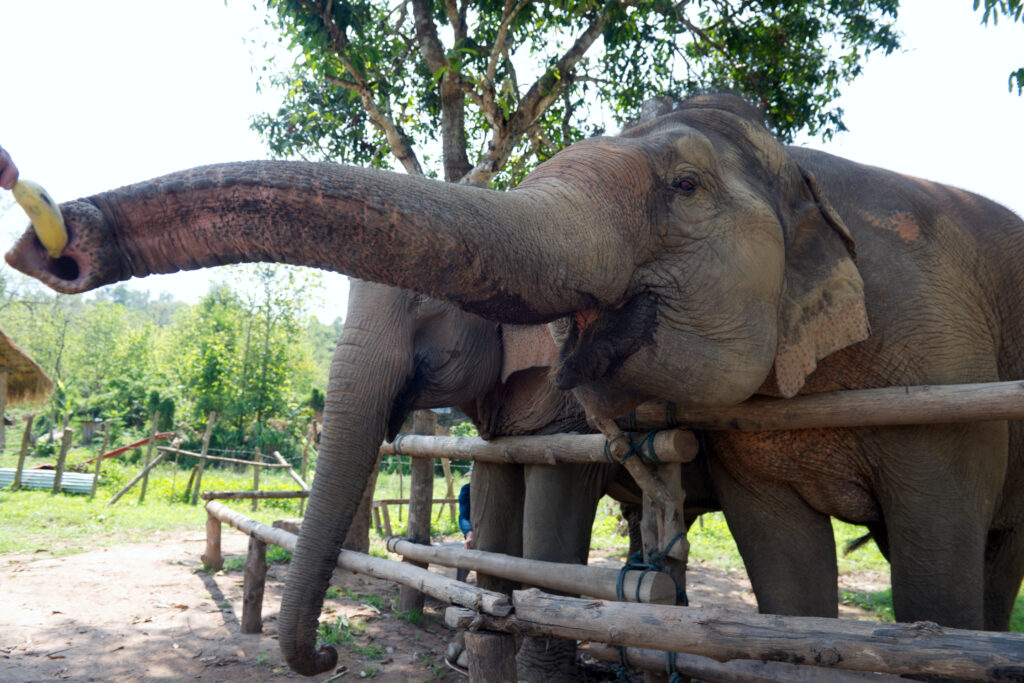
This morning I visited MandaLao, an elephant sanctuary just outside of Luang Prabang. Rather than offering rides or performances, the sanctuary provides a safe, quiet home for rescued Asian elephants — many of whom come from lives of hard labor. MandaLao also serves as a place for visitors to learn about Laos’s long history with elephants, the threats they face today, and the country’s ongoing conservation efforts to protect them for future generations.

The two elephants I met, Khammoun (left) and Nuann (right), were both rescued from harsh conditions. Khammoun spent years in the logging industry, where elephants are still used to haul heavy timber through Laos’s dense jungle — often working long hours in difficult, dangerous conditions. Nuann, on the other hand, was used in the tourism industry for elephant rides — a practice that often involves cruel training methods. Both industries have historically relied on elephants for labor and entertainment, but both take a heavy toll on the animals’ health and well-being. In recent years, the Laotian government has begun imposing tighter restrictions on logging and elephant tourism, though enforcement remains inconsistent.
Our guide explained that to rescue these animals, MandaLao has to purchase them directly from their owners. Depending on the elephant’s age and health, that can range from $30,000–$45,000+ USD for an adult — and double that for an adolescent. It’s a costly process, but one that’s slowly making a difference.
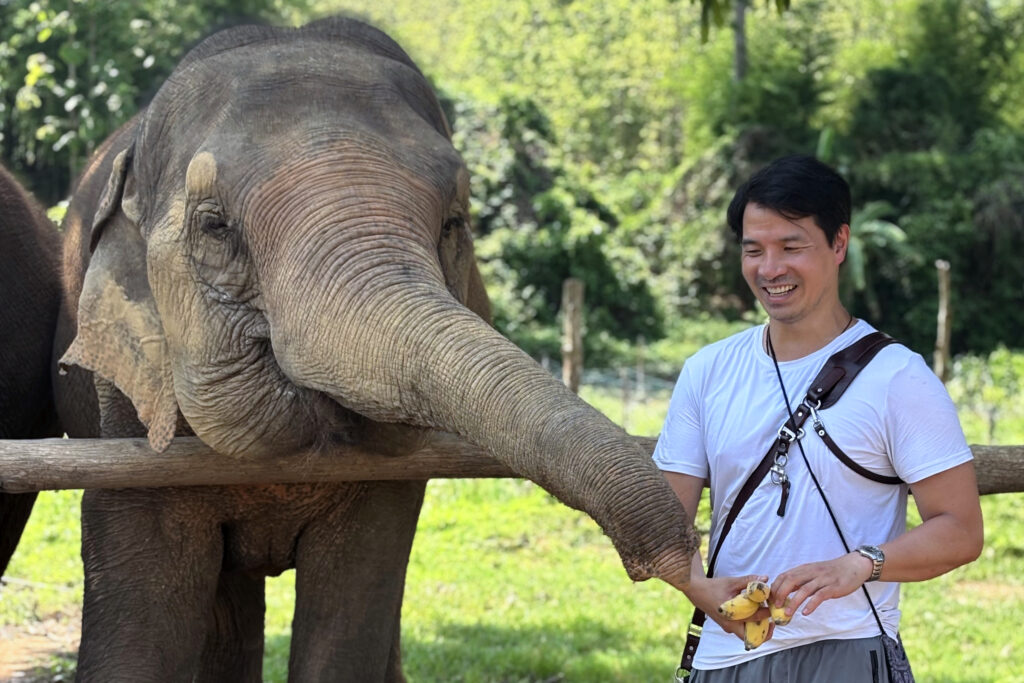
We spent the first part of the day learning about Asian elephants and feeding them — an experience that immediately highlighted just how much these animals eat. On average, an elephant consumes about 6% of its body weight daily and spends up to 19 hours a day eating. For a 4-ton adult, that’s nearly 500 pounds (about 220 kilograms) of food every single day. It’s a nonstop buffet of grasses, fruits, and leaves.
Separately, I’ve come to really enjoy these little Southeast Asian bananas — the same kind we fed the elephants. I’ve been eating them throughout my trip, and they’ve grown on me. They’re sweeter, softer, and have a richer flavor than the ones back home. Honestly, I think they taste better — and I’ll definitely be keeping an eye out for them once I’m back in the U.S.


After feeding, we walked with the elephants through MandaLao’s forested grounds, watching as they foraged freely — pulling down branches, stripping off leaves, and grazing constantly. That kind of appetite is why sanctuaries like this need so much land and support. In fact, MandaLao has had to buy out crops from nearby farmers just to meet the dietary needs of its small twelve-elephant herd.
Each elephant also comes with a mahout — a lifelong caretaker whose bond with the animal is deep and essential. When MandaLao rescues an elephant, the mahout comes too. Our guide shared a story of a mahout who left after a pay dispute; the elephant quickly became unmanageable. Management had no choice but to bring this mahout back — this time at a higher salary. It was a clear reminder that caring for elephants requires more than just food and land — it takes trust, continuity, and real human connection.
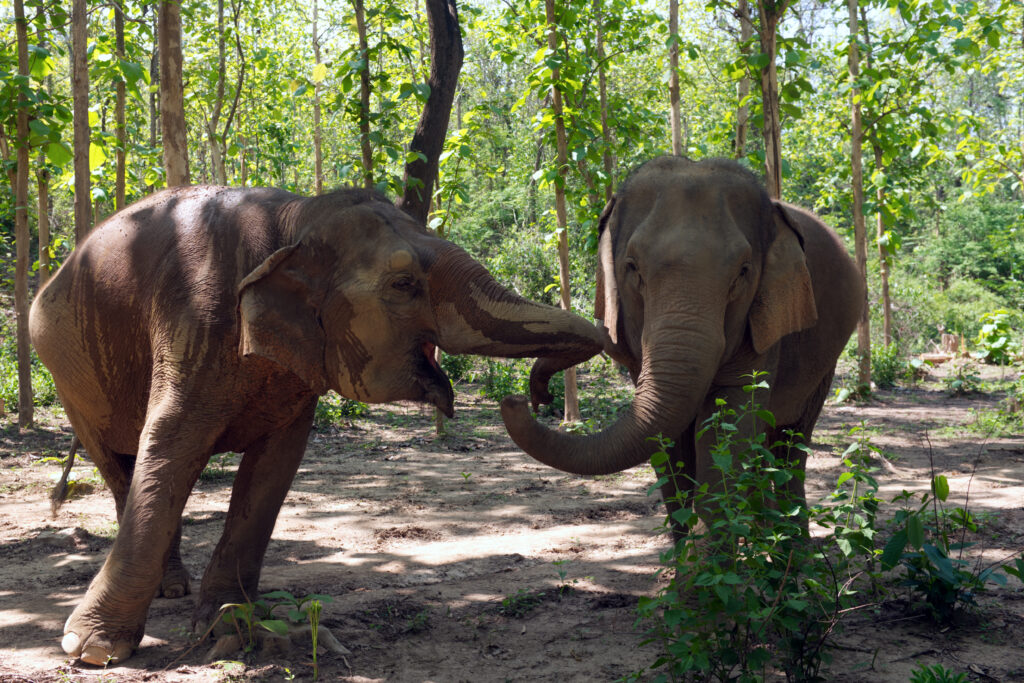
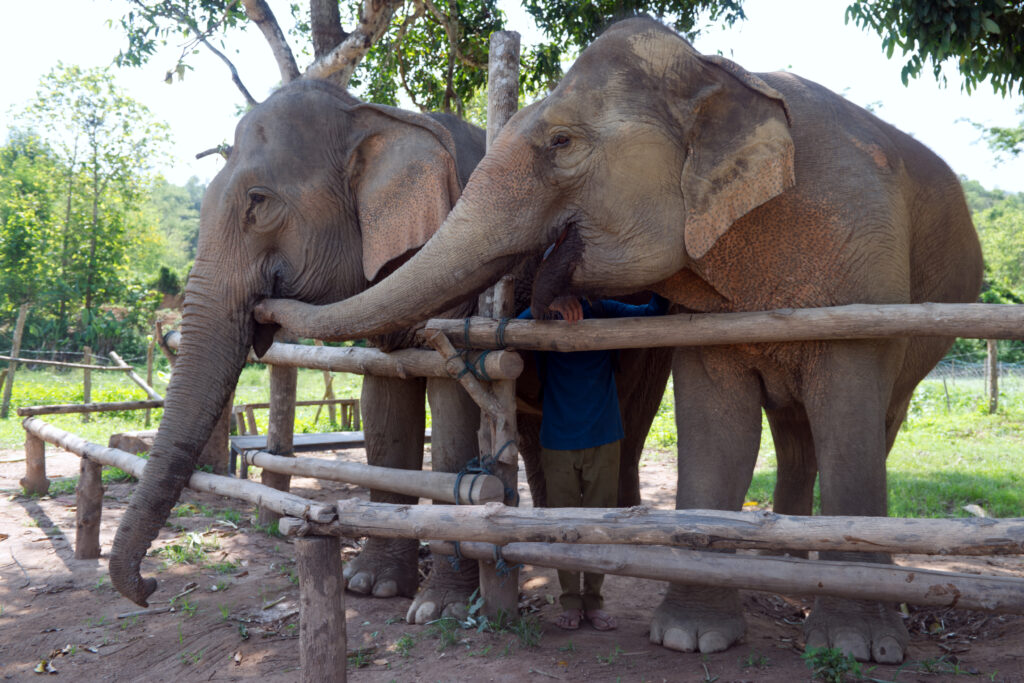
Elephants are also highly social animals, but their social circles are usually limited to family members. Since Khammoun and Nuann aren’t related, no one initially knew whether they’d get along. But they bonded quickly.
In many ways, they reminded me of dogs — especially in how food-driven they are, how clearly their personalities come through, and how deliberately they seem to choose their companions. It was genuinely endearing to watch them touching trunks and, in one moment, Nuann trying to steal a banana right out of Khammoun’s mouth. It reminded me of my own two dogs back home, who I like to call “faux brothers.” These two? Definitely faux sisters.
After the elephant tour, I quickly made my way to the airport for my flight back to Vietnam. I’ll be spending a few more days in Hanoi before beginning the long journey home. This return trip to Vietnam today, however, almost didn’t happen. I applied for my second single-entry Vietnam visa last week, but didn’t take into consideration that they had stacked holidays (the big 50th anniversary Reunification Day and Labor Day) so that by yesterday afternoon my application still hadn’t been approved.
There’s an option to pay a modest $79 fee to a private third-party service for same-day visa processing — which almost certainly involves slipping someone in Vietnamese immigration a small bribe (but that’s beside the point). However, e-visas are typically processed within five business days, and today would’ve been day five for mine. I nearly rolled the dice. But Jean, ever the voice of reason, reminded me: “What’s $79 compared to missing your flight?” She was right — and the cost of missing my later flight from Hanoi back to the U.S. would’ve been far more costly.
So I paid for the expedited service — and I’m glad I did. They immediately got to work and found that Vietnamese immigration had rejected my second visa because they thought I was still in the country. I suspect applying on the same day I exited Vietnam triggered a system error. Add the holiday backlog, and it was clear my application wasn’t going anywhere without outside help. Lesson learned: a little low-level corruption goes a long way.
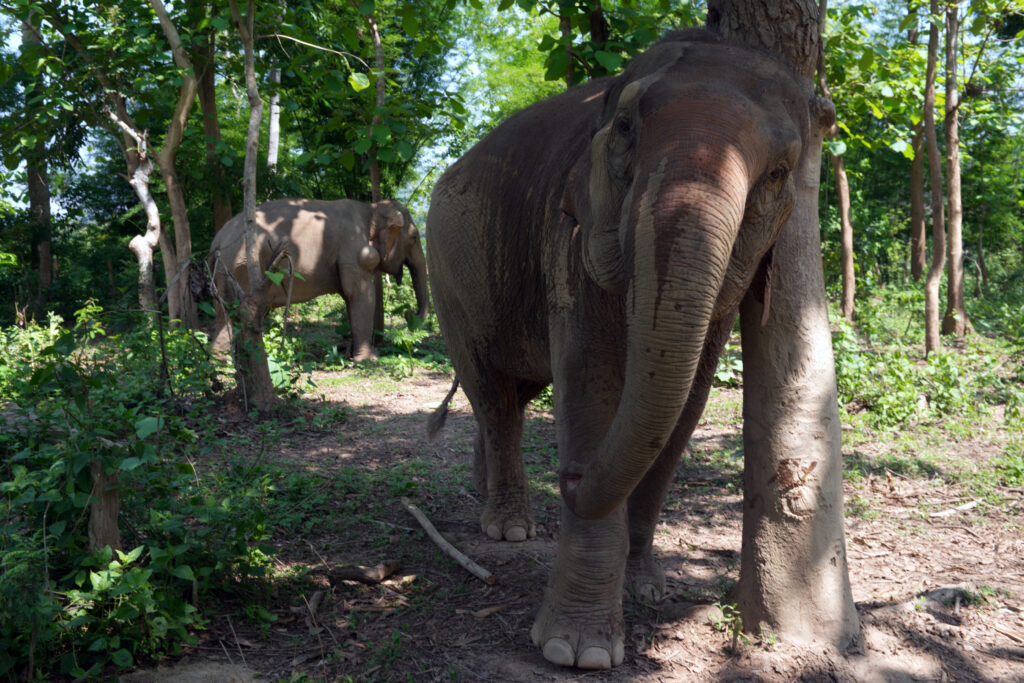
To wrap up, I really enjoyed my time in Laos — and visiting the elephant sanctuary felt like the perfect way to end it. Laos is often called the “Land of a Million Elephants,” a nod to the historic kingdom of Lan Xang (“million elephants”) and the country’s long-standing bond with these animals. While fewer than 400 wild elephants remain in the country today, efforts like those at MandaLao offer hope that Laos might one day live up to that legacy again — not just in name, but in reality.

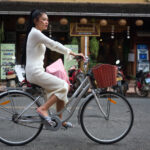


Comments are closed.